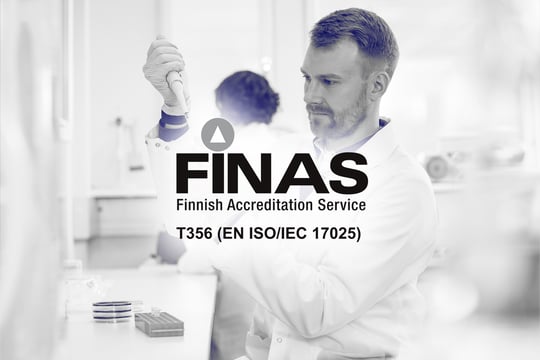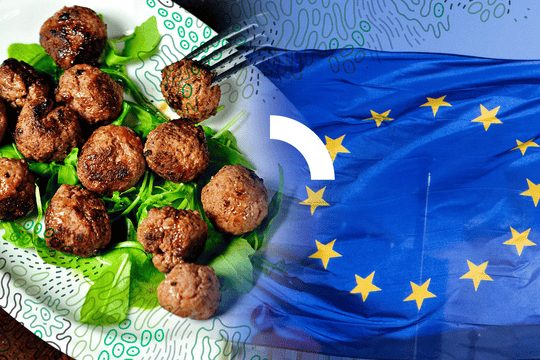
Registering a new microorganism as a novel food or as a feed additive may be difficult to start with if one is not familiar with EU legislation surrounding microbial safety assessment and guidances of the European Food Safety Authority (EFSA). We are often asked if there are studies that could tell the applicant if the microorganism is acceptable or not. This question does not have a simple answer.
What are the obstacles to registering a novel microbe?
There are at least two cases that will prevent the strain from being registered. The first one is an acquired antimicrobial resistance (AMR), which is always considered a hazard. Microorganisms used in the food chain should not add to the pool of antimicrobial resistance genes already present in the gut bacterial population, or otherwise spread AMR. However, the determination of whether the AMR is of intrinsic or acquired nature is particularly challenging for novel species, or for species for which very few genomes or phenotypic resistance data are available for comparison. These cases require more research on the matter at hand.
The second case is related to the virulence of bacteria or to toxic metabolites typically produced by some fungi. Single genes linked to virulence in another species are usually not of concern in the absence of other genes needed for full virulence. If the strain is virulent / produces a toxin, it will not be accepted for food or feed use. The identified metabolites need to be carefully assessed for safety. In some cases, the metabolite is needed for the microorganism to be efficacious in the intended use, and some precautionary measures may be sufficient to ensure safety to the user/worker.
Microbial tests to evaluate novel strains
There is a wide selection of in vitro toxicity tests to evaluate strain characteristics, but the choice requires an understanding of the possible toxicity mechanism. Correct interpretation is also crucial. Sometimes a false-positive test result can be due to acid formation and not to the presence of a specific toxin, for example. To verify a positive finding in a toxicity test, the compound should be identified.
Strains that qualify for QPS recommendation are presumed to be safe to the target species, consumer, and the environment without the need for specific safety studies. The QPS status can thus be a fast lane for authorization. However, a microorganism does not need to have QPS to be acceptable. We are often asked how to apply for the QPS status. Currently, the QPS status cannot be applied for separately, but once a dossier involving a new microorganism reaches EFSA, the QPS working group will examine the case. Currently, the Food Enzymes Panel is considering phasing out of repeated dose 90-day oral toxicity studies in the regulatory approval of food enzymes. If there is a positive outcome, it is possible that other panels adopt this in their risk assessments, too.

Today, the whole genome sequence is the golden standard for microbial safety assessment of a strain. At its best, it can guide the safety tests in the right direction.
It is often the best study to start with, as the price of sequencing is quite reasonable. The genome serves as the basis for several key characteristics that must be included in the safety assessment: the unequivocal identification; screening for AMR genes and virulence factors, and looking for pathways possibly leading to toxic metabolites.
In short: There is no best way to start and unfortunately no shortcuts to safety assessment for your novel microorganism. However, from the regulatory point of view, put safety first!
What is your challenge?
🔎 I need a marketing authorization for my own products (EFSA) »
🔎 I need a marketing authorization for my customer’s products (EFSA) »
🔎 My products are still under development and I need to assess its safety »
Read more: Food safety regulations in the European Union
Topic:












